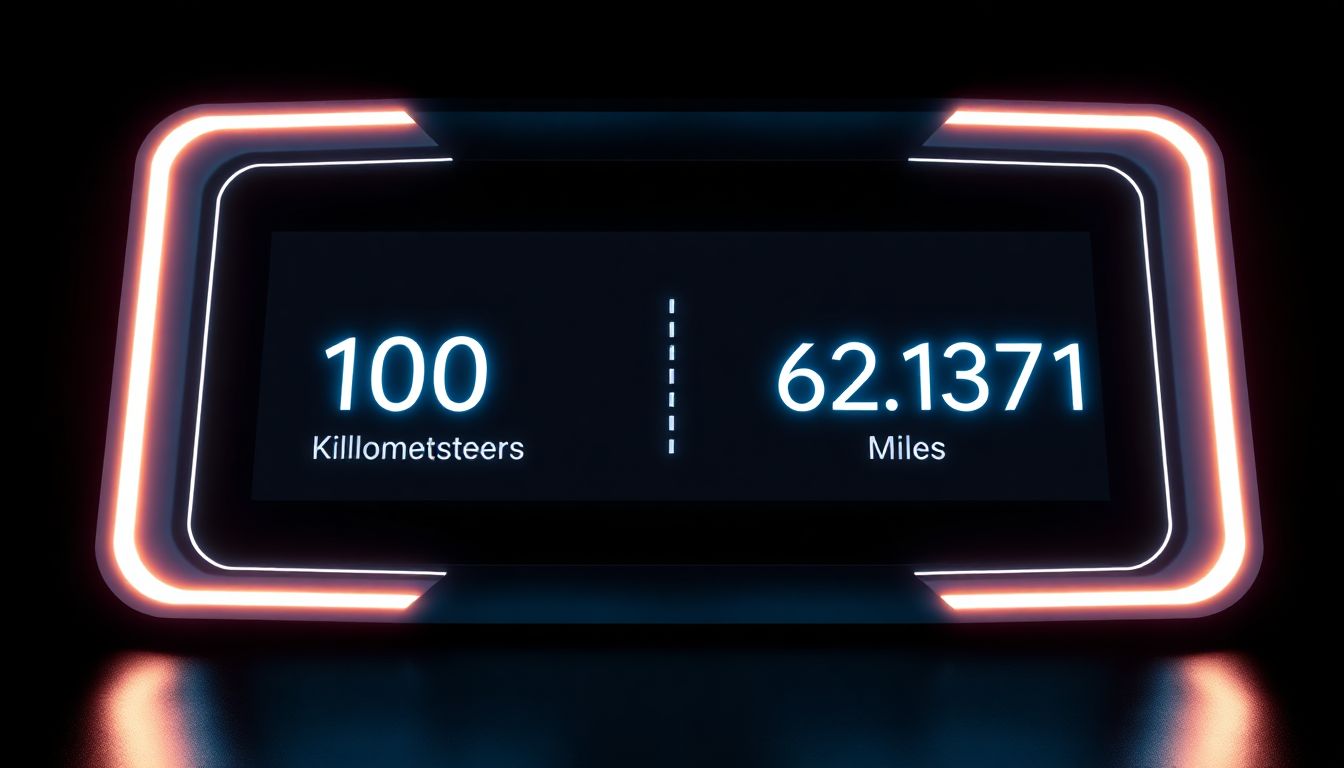


Imagine a chef in a busy kitchen who mixes up cups and milliliters. The cake comes out too dry. Customers complain, and the business loses money. These small errors happen often with units.
You face two main systems: Imperial, like inches and pounds, and Metric, like centimeters and kilograms. People switch between them in work or travel. Manual math takes time and leads to mistakes. A good unit converter tool fixes this. It gives fast, right answers every time.
Unit conversion changes a quantity from one unit to another. It keeps the value the same but fits a new scale. Tools handle many types to meet daily needs.
Length covers meters to feet or inches to yards. Mass includes grams to ounces or pounds to kilograms. Volume goes from liters to gallons or cups to milliliters. Time shifts seconds to minutes or hours to days. Temperature converts Celsius to Fahrenheit or Kelvin scales. Data storage changes bytes to gigabytes or megabits to terabytes. A full tool lists over 50 units per type.
This range helps users in different fields. Engineers pick length for builds. Cooks choose volume for recipes. Each category uses set rules to stay accurate.
Software uses math ratios for changes. A factor like 2.54 turns inches to centimeters. Direct swaps work for simple pairs. Multi-step needs extra steps, like miles to meters via yards first.
Programs store these factors in code. They run quick counts on input. Users type a number and pick units. The tool applies the right math in seconds.
Errors drop with this method. Old tables or calculators miss updates. Digital tools stay current and exact.
Manual work eats hours. You grab a phone app or paper chart. Math slips in, like wrong decimals. A unit converter tool ends that. It shows results right away.
Tests show digital tools cut time by 90%. Errors fall below 1% with good apps. You trust the output for big tasks.
Think of a trip planner. Quick miles to km saves stress. Fast tools build confidence in your plans.
Top tools go beyond basics. They add currency like dollars to euros. Pressure includes pascals to psi. Radiation covers rems to sieverts. Even astronomical units like parsecs appear.
Leading sites support 1,000+ conversions. This covers rare needs in science or trade. You find swaps for fuel efficiency or cooking densities too.
Broad lists mean less tool-switching. One site handles your full list. It boosts work flow.
Good design starts with clear boxes. Type your value in one field. Dropdowns list units easy to spot. No clutter distracts you.
Results pop up below in big text. Colors mark from and to units. Buttons let you copy or share fast.
Bad sites hide options or lag. Top ones load quick and guide your steps. You learn it in one try.
Type as you go, and numbers update live. No hit-enter waits. This feels smooth, like typing text.
Reverse buttons swap units back. It checks your work or flips views. Some tools save history for later.
Dynamic features shine in apps. Mobile versions adjust to screen size. You use it anywhere without fuss.
Shippers deal with borders daily. A box in cm might hit cm limits in inches. Wrong calc delays goods and adds fees.
Customs forms need exact weights in kg or lbs. Tools ensure papers match cargo. One firm cut errors by 40% with app use. It saved thousands in fines.
Sourcing parts from abroad? Convert prices and sizes first. Accurate tools protect your budget and time.
Physics labs mix SI units like newtons with old ergs. A converter switches them fast for tests. Chemistry needs moles to grams or pressures in bars to atm.
Engineers build bridges with feet and meters. Wrong swaps cause fails. Tools link to standards like NIST data for trust.
Students write reports. Quick checks keep notes right. It speeds study and cuts redo work.
Bake a treat from abroad? Turn cups to grams easy. No guesswork ruins the batch.
Plan a drive? Km to miles shows real distance. Gas stops make sense now.
Buy gear online? Check volts for plugs. 110V to 220V avoids sparks. Tools fit home needs perfect.
Break big swaps into parts. Feet per second to mph? First, feet to miles. Then seconds to hours. Tool chains them auto.
Use built-in formulas for speed. Pick velocity category. Enter values once. It does the math chain.
Practice on sample problems. Sites offer quizzes. You get pro at tough ones quick.
Bookmark your go-to site. Add to home screen on phones for one-tap access. No searches waste time.
Some tools make shortcuts. Drag to toolbar for instant use. Mobile apps sync across devices.
Test on small screens. Good ones resize fields. You convert mid-walk or drive.
Cross-check odd results. Use a second site or calc app. Match known facts, like 1 km = 0.621 miles.
Look for update dates. Currency rates change daily, so fresh data matters. Free tools often lag.
Pick sites with sources listed. NIST or ISO links build faith. Spot bad ones by wild numbers.
Unit converter tools bring speed and right answers. They cut errors and free your mind for big thinks. From kitchens to labs, they fit all spots.
In linked jobs and lives, these aids matter. Pick a solid one today. Start with simple swaps. Watch how it changes your day.
Try an online unit converter now. Enter a value and see the magic. You'll wonder how you waited so long.